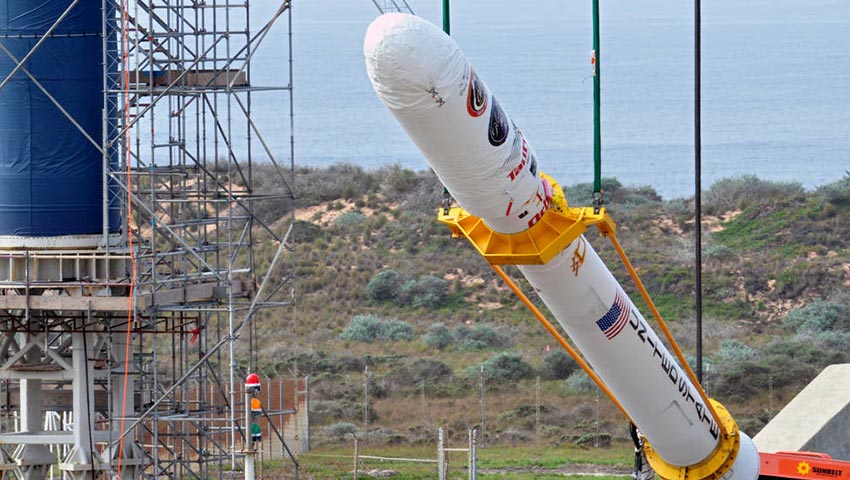The US Government Accountability Office (GAO) said cost and schedule performance of NASA major projects continued to deteriorate. Cost growth on average was 27.6 per cent over baselines and average launch delay was approximately 13 months.
GAO said that was the largest schedule delay since it began annual reporting on NASA's major projects in 2009.
“This deterioration in cost and schedule performance is largely due to integration and test challenges on the James Webb Space Telescope,” it said.
“The Space Launch System (SLS) program also experienced significant cost growth due to continued production challenges. Further, additional delays are likely for the Space Launch System and its associated ground systems.”
GAO said senior NASA officials declared it unlikely these programs would meet the launch date of June 2020, which already reflects 19 months of delays.
NASA officials told GAO there were six-12 months of risk associated with that launch date.
The James Webb Space Telescope is named after James Webb, NASA administrator from 1961-68 and a key figure in the Apollo program, which put man on the moon.
It’s intended as a successor to the Hubble space telescope, providing greater sensitivity and resolution.
JWST is a joint project of NASA and the European and Canadian space agencies. Development began in 1996 but the project has faced constant delays.
Launch is now planned for March 2021.
SLS is the launch system planned to return man to the moon. It too has faced delays due to continued production challenges.
GAO said the deterioration in cost and schedule performance was largely due to integration and test challenges on the JWST.
Last year, NASA delayed JWST launch to 2021 and said its cost would increase by about US$800 million because of problems during integration and testing of the observatory’s spacecraft element.
Since 2009, JWST total cost estimate has almost doubled from just under US$5 billion to nearly US$9.7 billion while launch has been progressively delayed by almost seven years.
Problems with SLS are regarded as a secondary factor. Problems have related to assembly of its core stage, with prime contractor Boeing underestimating the complexity of engine section assembly and the time and manpower that would be needed.
SLS costs have increased by 10 per cent from the 2014 baseline to US$10.7 billion, and planned launch delayed to June 2020.
However, that date is likely to slip further. GAO said the June 2020 launch date had six to 12 months of risk of delay.

